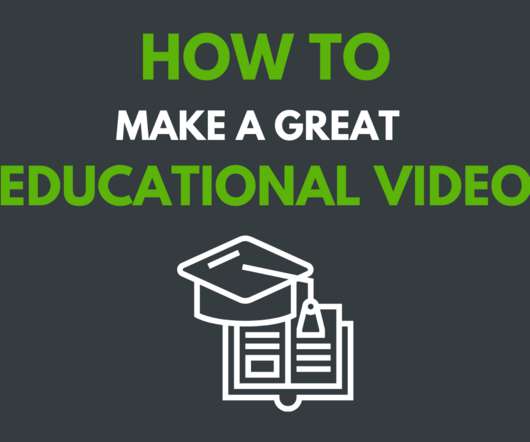What Doesn’t Belong In Your XR Training Content
Roundtable Learning
MARCH 8, 2024
Excessive Voice-overs Don’t sabotage the learning process with too many distracting voiceovers. Similarly, walking learners through an immersive learning experience with excessive voiceovers can derail them from their learning objectives. Virtual reality is intended to be an active learning experience.


















Let's personalize your content